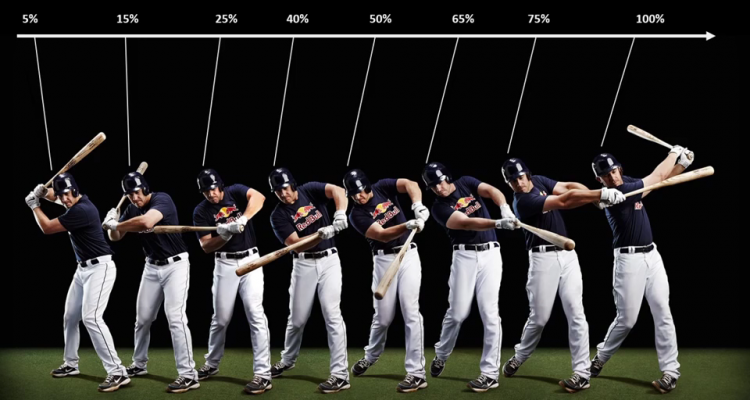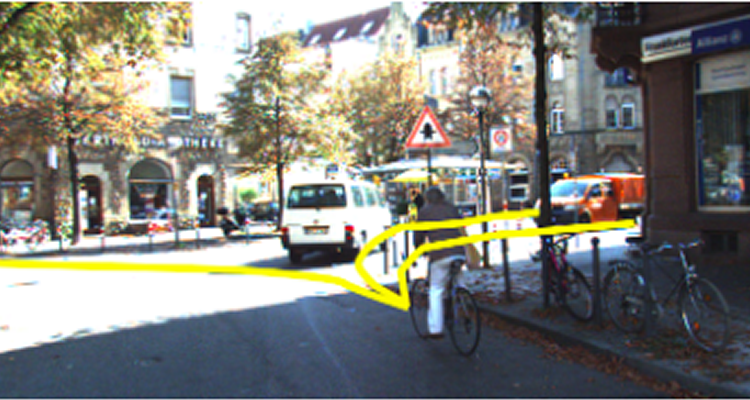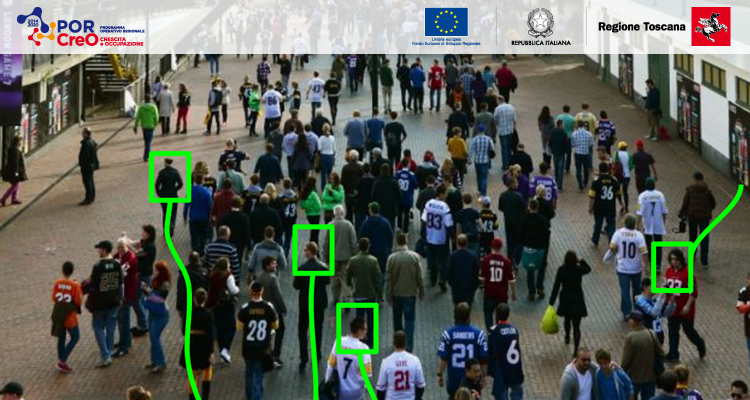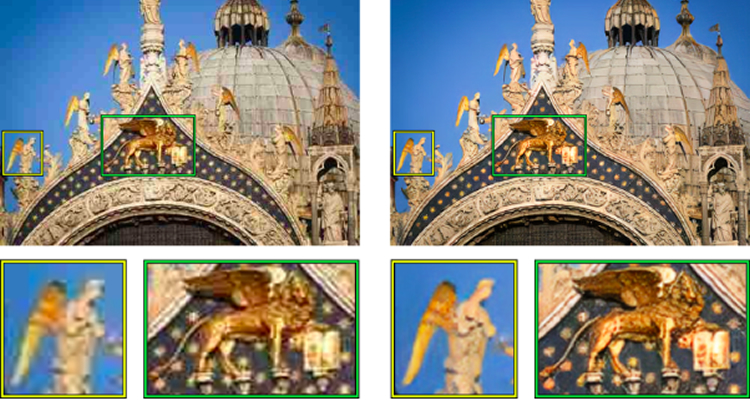Computer Vision
Projects
Predicting Action Progress
Action understanding and prediction for humans assistance
2018-2019
In this project we address the problem of predicting action progress in videos. This is an extremely important task because, on the one hand, it can be valuable for a wide range of applications and, on the other hand, it facilitates better action detection results.
To solve this problem we introduce a novel approach, named ProgressNet, capable of predicting when an action takes place in a video, where it is located within the frames, and how far it has progressed during its execution.
IMRA
Predicting trajectories and behavior for automotive
2018-2019
IMRA. Project co-financed by IMRA-Europe
The project aims to develop computer vision solutions based on supervised machine learning that support behavior analysis and prediction of actions and scene evolution for the purpose of autonomous driving.
eSERVANT
People counting, flow analysis, smart mobility, social networking.
eSERVANT. Project co-financed under Tuscany POR FESR 2014-2020. Analysing, monitoring and connecting people in large facilities. The eSERVANT project was led by QUID Informatica S.p.A and was carried out in collaboration with the partners Sokom srl, Sintra Consulting srl, Magenta S.R.L. and the DIISM of the University of Siena.
Deep Compression Artifact Removal
image transformation approach based on a feed-forward fully convolutional residual network model
2018-2019
In this project we perform compression artifact removal by learning an image transformation task with a deep residual convolutional neural network. We show that conditional Generative Adversarial Networks produce higher quality images with sharp details which are relevant not only to the human eye but also for semantic computer vision tasks. We propose a GAN ensemble driven by a quality prediction network able to restore images compressed at any rate.



